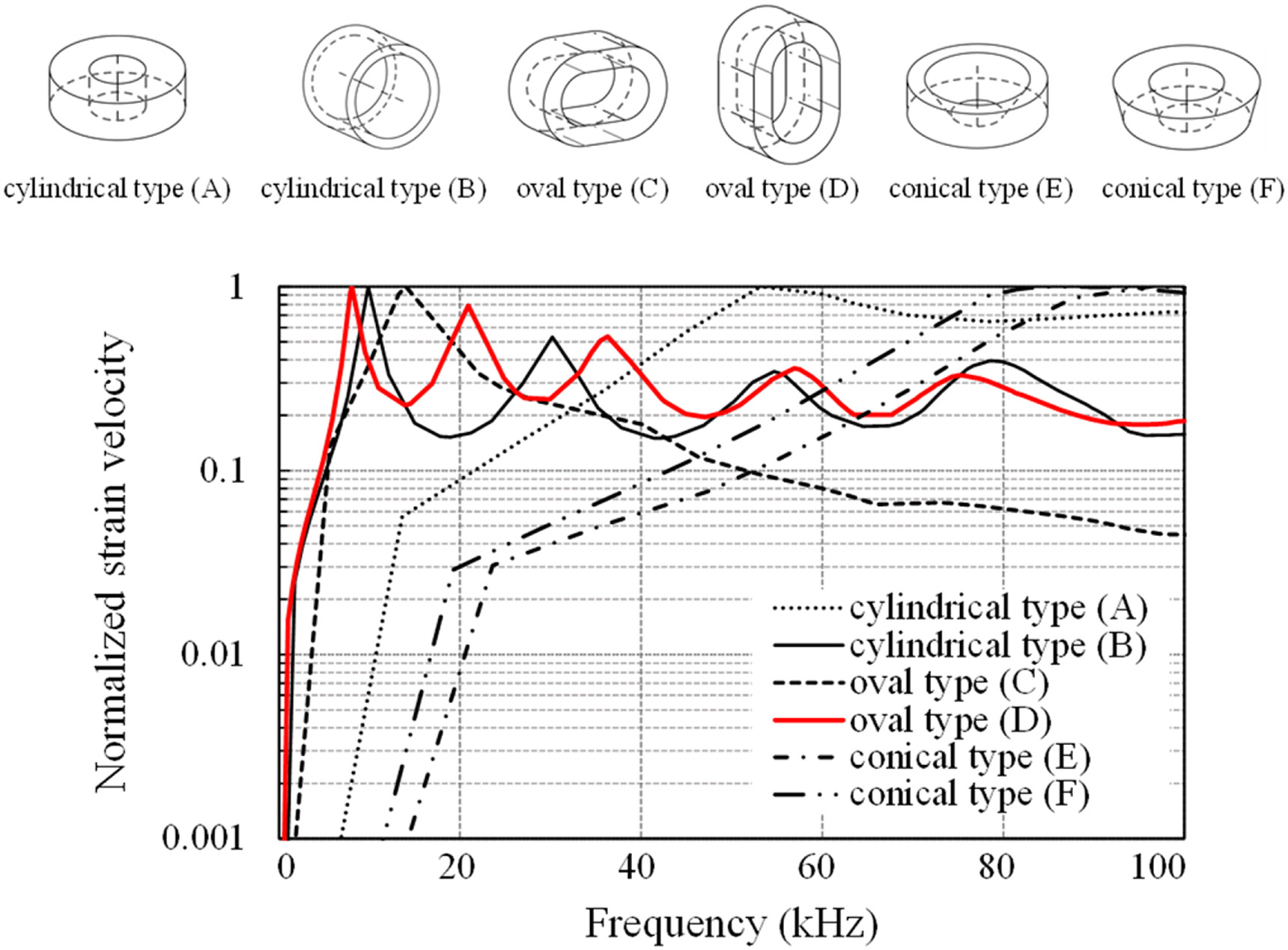JRMGE / Vol 16 / Issue 2
Evaluation of excavation damaged zones (EDZs) in Horonobe Underground Research Laboratory (URL)
Koji Hata, Sumio Niunoya, Kazuhei Aoyagi, Nobukatsu Miyara
Show More
a Obayashi Corporation, Technology Research Institute, Technology Division, Kiyose, Tokyo, 204-8558, Japan
b Obayashi Corporation, Nuclear Facilities Division, Sinagawa, Tokyo, 108-8502, Japan
c Japan Atomic Energy Agency, Horonobe Underground Research Center, Horonobe, Hokkaido, 098-3224, Japan
2024, 16(2): 365-378. doi:10.1016/j.jrmge.2023.05.010
Received: 2022-12-02 / Revised: 2023-03-01 / Accepted: 2023-05-15 / Available online: 2024-02-06
2024, 16(2): 365-378.
doi:10.1016/j.jrmge.2023.05.010
Received: 2022-12-02
Revised: 2023-03-01
Accepted: 2023-05-15
Available online: 2024-02-06
Excavation of underground caverns, such as mountain tunnels and energy-storage caverns, may cause the damages to the surrounding rock as a result of the stress redistribution. In this influenced zone, new cracks and discontinuities are created or propagate in the rock mass. Therefore, it is effective to measure and evaluate the acoustic emission (AE) events generated by the rocks, which is a small elastic vibration, and permeability change. The authors have developed a long-term measurement device that incorporates an optical AE (O-AE) sensor, an optical pore pressure sensor, and an optical temperature sensor in a single multi-optical measurement probe (MOP). Japan Atomic Energy Agency has been conducting R&D activities to enhance the reliability of high-level radioactive waste (HLW) deep geological disposal technology. In a high-level radioactive disposal project, one of the challenges is the development of methods for long-term monitoring of rock mass behavior. Therefore, in January 2014, the long-term measurements of the hydro-mechanical behavior of the rock mass were launched using the developed MOP in the vicinity of 350 m below the surface at the Horonobe Underground Research Center. The measurement results show that AEs occur frequently up to 1.5 m from the wall during excavation. In addition, hydraulic conductivity increased by 2–4 orders of magnitude. Elastoplastic analysis revealed that the hydraulic behavior of the rock mass affected the pore pressure fluctuations and caused micro-fractures. Based on this, a conceptual model is developed to represent the excavation damaged zone (EDZ), which contributes to the safe geological disposal of radioactive waste.
Keywords: Excavation damaged zone (EDZ), Optical sensor, Long-term monitoring, Acoustic emission (AE), Shaft sinking

